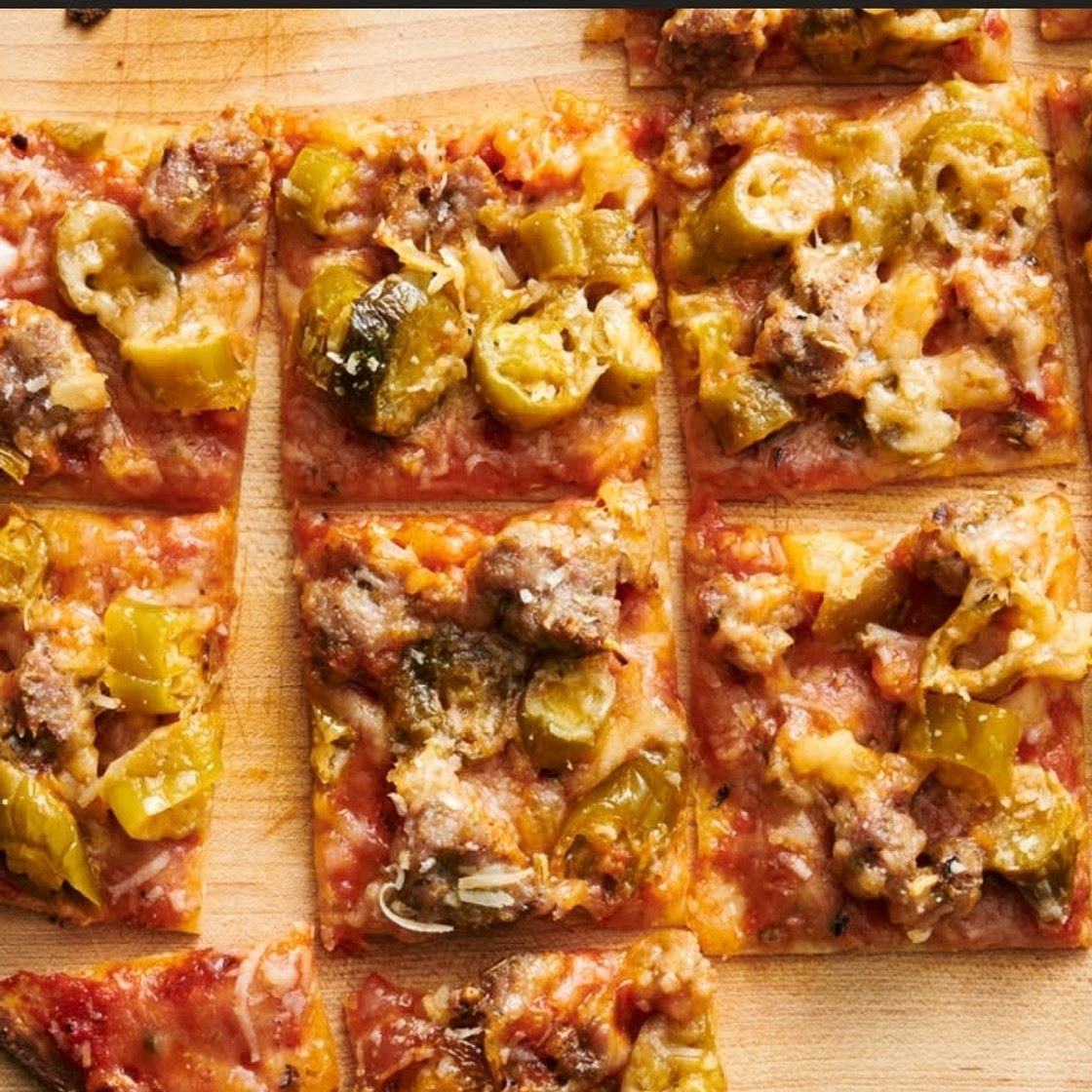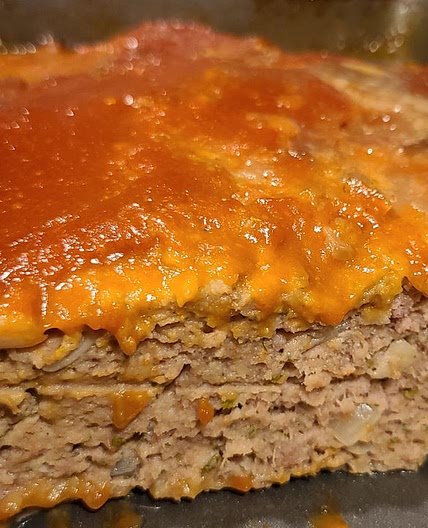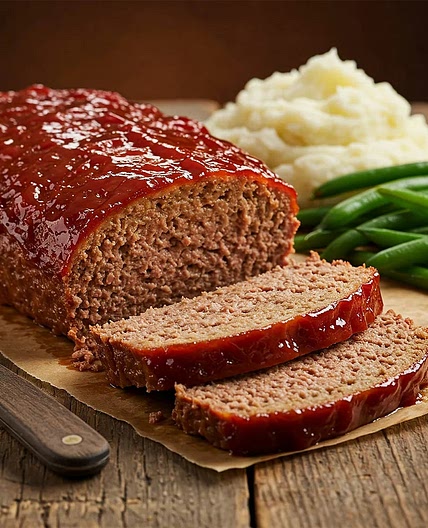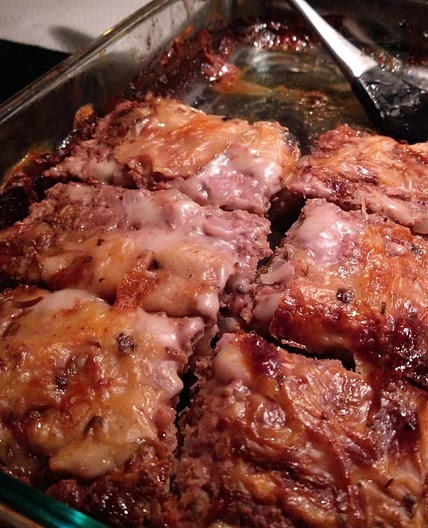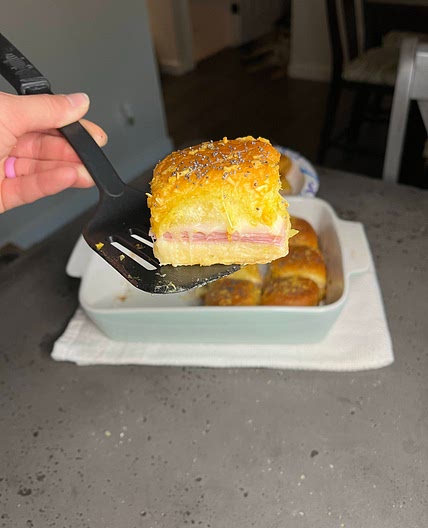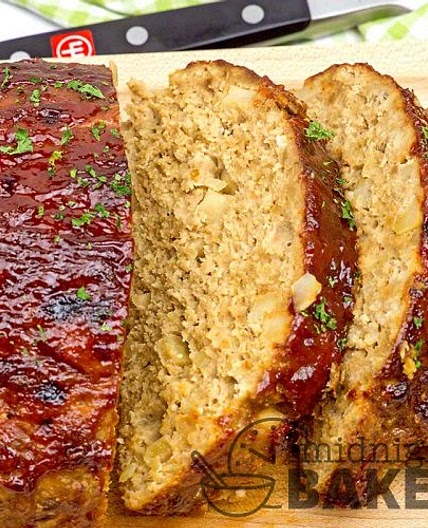By cooking.nytimes.com
Chicago Thin-Crust (Tavern-Style) Pizza With Sausage and Giardiniera
Instructions
Cook:4h 5min
Updated at: Fri, 19 Dec 2025 11:55:14 GMT
Nutrition balance score
Unbalanced
Glycemic Index
71
High
Glycemic Load
64
High
Nutrition per serving
Calories1241.6 kcal (62%)
Total Fat69.9 g (100%)
Carbs90.5 g (35%)
Sugars13 g (14%)
Protein63.5 g (127%)
Sodium3514 mg (176%)
Fiber6 g (21%)
% Daily Values based on a 2,000 calorie diet
Ingredients
2 servings
¾ cupgiardiniera
mild, or hot
Semolina
or cornmeal, for dusting
1pizza dough
stretched, cured, Chicago, thin-crust, tavern-style, skin
¾ cuppizza sauce
for Chicago thin-crust, more or less to taste, or use store-bought pizza sauce
2 ouncesPecorino Romano
finely shredded or powdered, or Parmesan
8 ouncesmozzarella shredded
full-fat, low-moisture, more or less to taste
0.5 recipeitalian sausage
chicago - style, or use store - bought, raw bulk sausage or raw cased sausage with casings removed
Instructions
View on cooking.nytimes.com
↑Support creators by visiting their site 😊
Notes
3 liked
0 disliked
